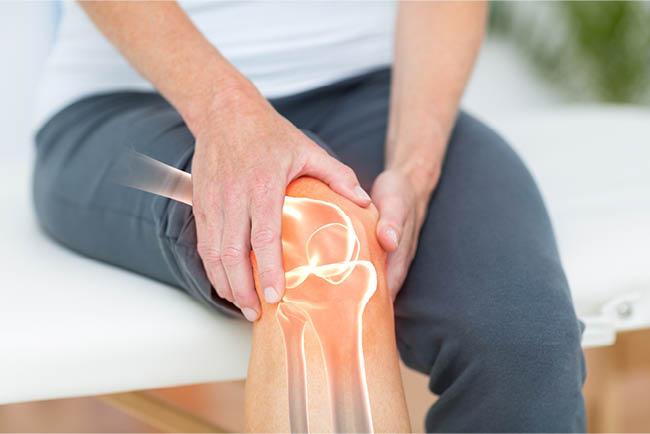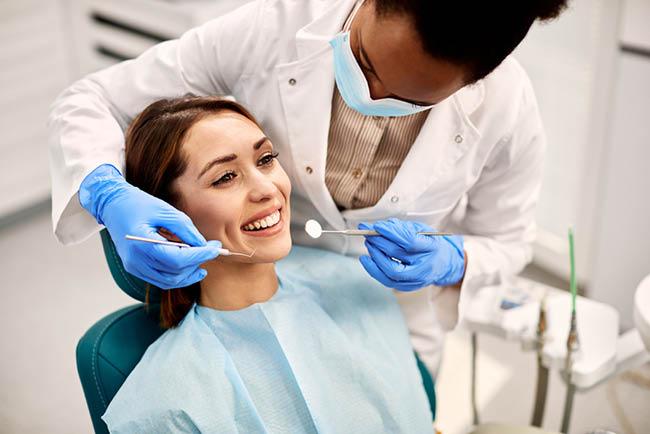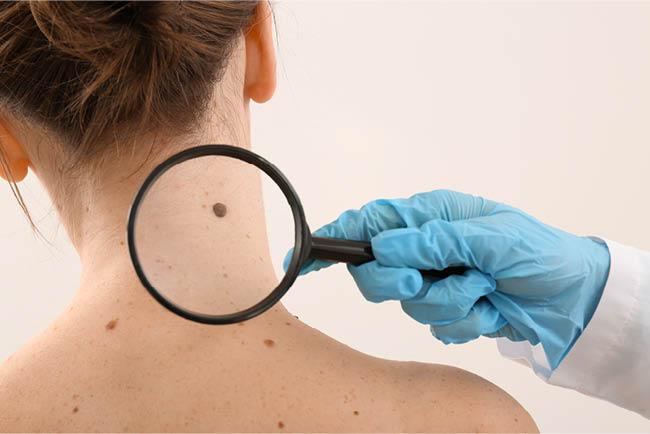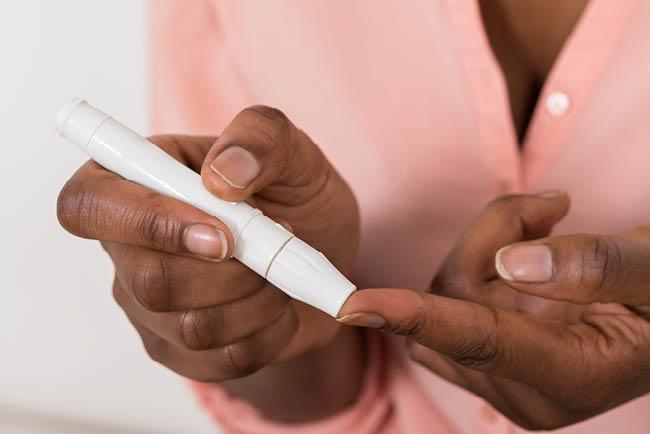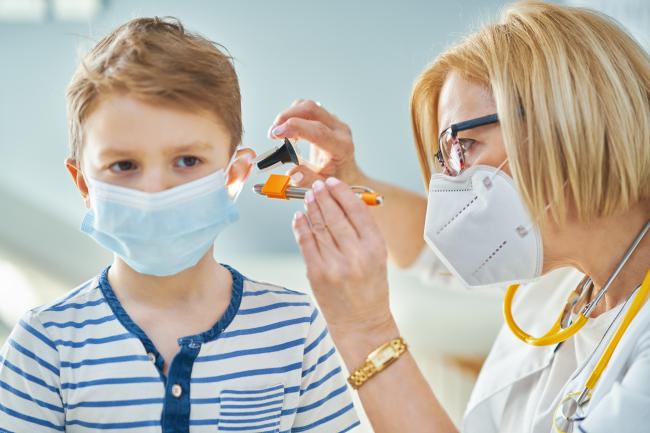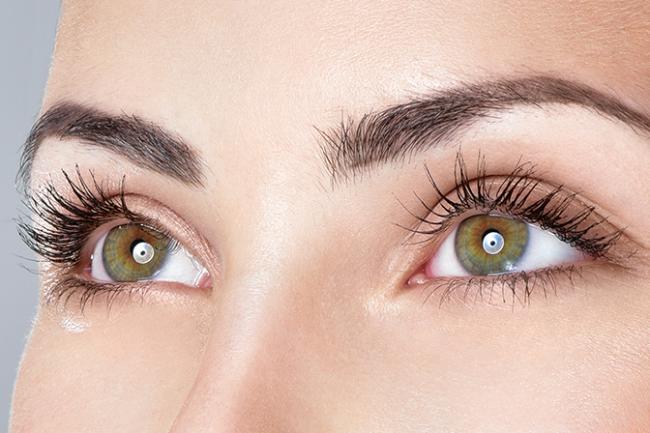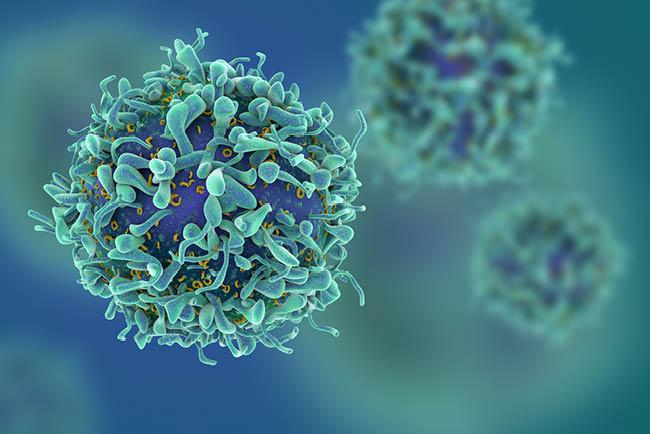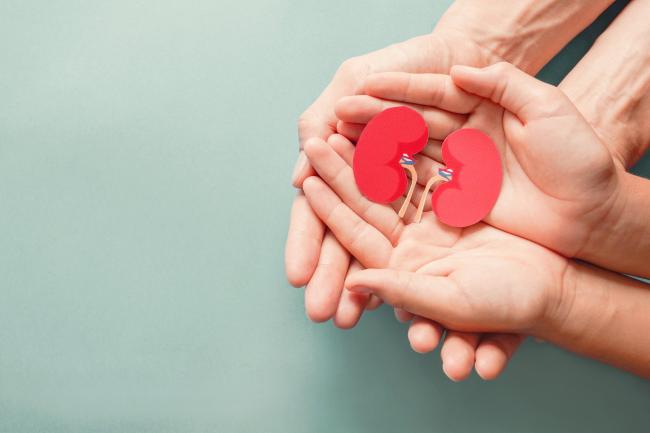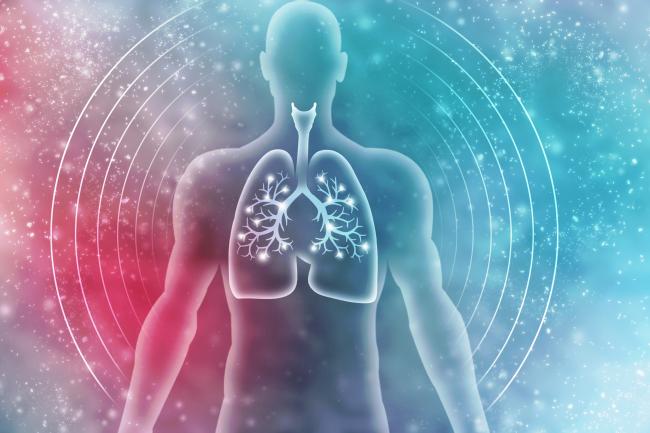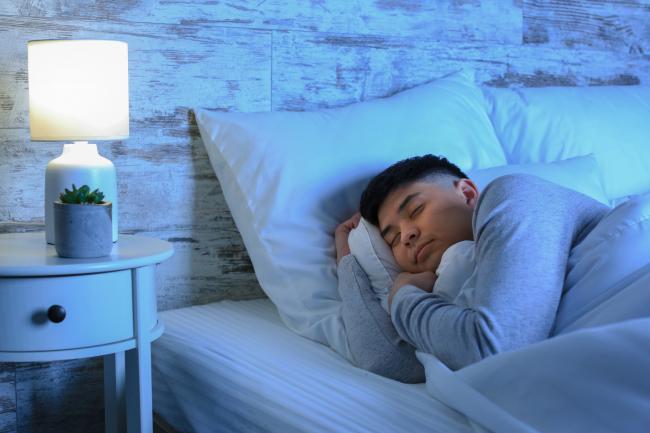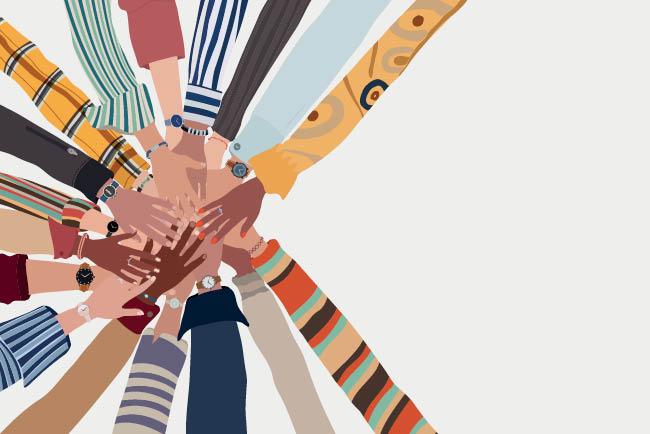Search Studies
Research studies are looking for volunteers just like you. Both healthy volunteers and participants with specific health conditions are needed to help answer important questions impacting the health of our friends and family. Join us to improve the health of others.
-
Preschooler's Language Use and Media (PLUM) Study
Official Title Preschooler's Language Use and Media (PLUM) StudyPurpose
This study is designed to investigate media’s role in language development during early childhood. The goal of the proposed work is to examine the relation between the quantity of children’s media use and their language development trajectories, as well as how characteristics of media use (i.e., parent-child joint engagement, interactive media features, and educational content) predict growth in language over time.
Could this study be right for you?
- Children 3 to 3.5 years of age (36 to 42 months).
Age Range
36 - 42 months -
Project Limb Rescue: A pilot study evaluating the feasibility of transcutaneous sensors for the detection of cancer-related lymphedema.
Official Title Project Limb Rescue: A pilot study evaluating the feasibility of transcutaneous sensors for the detection of cancer-related lymphedemaPurpose
The goal of this study is to use new, adhesive-based sensors (pads that stick on your skin) to detect lymphedema, and to develop a way for patients to check for lymphedema at home.
This study will assist in distinguishing participants with lymphedema in comparison to participants without lymphedema at rest by using a combination of photoplethysmography (PPG) and bioimpedance (BI). Photoplethysmography is an optical technique that can be used to detect blood volume changes in tissue. Bioimpedance evaluates how tissue responds to an externally applied electrical current.
Could this study be right for you?
- History of cancer-related lymphedema, cancer in your arm, or the lymph nodes in the arm
- History of cancer therapy with surgery or radiation involving the axillary basin and upper arm that requires compression or pneumatic therapy
- Physically capable of performing a brief bike riding exercise for about seven minutes
- No metal implants
- Willingness to take off shoes and any metal jewelry
- Not currently pregnant
- Not currently incarcerated
Age Range
18 - 90 years -
Decay of HIV-1 Reservoirs in Participants on Long-Term ART
Official Title Decay of HIV-1 Reservoirs in Participants on Long-Term Antiretroviral Therapy: The ACTG HIV Reservoirs Cohort (AHRC) StudyPurpose
The purpose of this study is to examine longitudinal changes in HIV-1 reservoirs among participants with HIV-1 who are either currently receiving antiretroviral therapy (ART) or who received ART previously. Participants will undergo blood and hair sample collections for immunologic, virologic, and pharmacologic evaluations to study HIV-1 reservoirs in the body.
Could this study be right for you?
This study is currently only enrolling in Group 6 which includes participants who acquired HIV while taking long-acting cabotegravir (CAB).
Age Range
18 years and up -
Combination HIV-Specific Broadly Neutralizing Monoclonal Antibodies Combined with ART Initiation during Acute HIV Infection to Induce HIV Remission
Official Title A Double-Blind, Randomized, Placebo-Controlled Clinical Trial of Combination HIV-Specific Broadly Neutralizing Monoclonal Antibodies Combined with ART Initiation during Acute HIV Infection to Induce HIV RemissionPurpose
The purpose of this study is to evaluate the safety and efficacy of combination bNAbs in addition to ART initiated during acute HIV infection and to evaluate the impact on HIV viral reservoirs.
Could this study be right for you?
- Newly diagnosed HIV+ individuals who have not yet started antiretroviral therapy (ART)
- Willingness to start ART at enrollment
- Ability and willingness to participate in scheduled study visits and analytic treatment interruption (ATI)
- Weight <115kg
Age Range
18 - 70 years -
Pramipexole versus Escitalopram to Treat Comorbid HAND and MDD in HIV Infection
Official Title An Open-Label, Randomized Controlled Trial of Pramipexole versus Escitalopram to Treat Major Depressive Disorder (MDD) and Comorbid MDD with Mild Neurocognitive Disorder (MND) in Persons Living with HIVPurpose
This study will evaluate the safety & efficacy of pramipexole vs. escitalopram for treatment of major depressive disorder (MDD) and comorbid MDD/mild neurocognitive disorder (MND) in people living with HIV.
Could this study be right for you?
- People living with HIV ages 18-70
- Diagnosis of MDD alone or with comorbid MDD/MND
- On ART for at least 3 months with HIV RNA <200 copies within 90 days
Age Range
18 - 70 years -
Therapeutic Vaccines in Combination with TRL-7 Agonist and bNAbs in Adults on Suppressive ART during Acute HIV-1
Official Title A Phase I/IIa Randomized, Placebo-Controlled Trial of Conserved-Mosaic T-cell Vaccine in a Regimen with Vesatolimod and Broadly Neutralizing Antibodies in Adults Initiated on Suppressive Antiretroviral Therapy during Acute HIV-1Purpose
This study will evaluate the safety and efficacy of these treatments in individuals with HIV-1 who started suppressive antiretroviral therapy (ART) during acute HIV-1 infection. The study consists of four steps including an analytical treatment interruption (ATI).
Could this study be right for you?
- Individuals with HIV who started treatment during acute HIV infection
- No known ART interruption >14 consecutive days since ART initiation
- Willingness to participate in analytic treatment interruption
- CD4 count ≥500 within 60 days to study entry
- HIV RNA <50 since initial viral suppression on ART and for at least 1 year prior to study entry
Age Range
18 years and up -
Ohio Mood Disorder Registry and Repository
Official Title Ohio Mood Disorder Registry and RepositoryPurpose
Mood disorders like Major Depressive Disorder and Bipolar Disorder can be chronic, recurrent illnesses. Our treatments to date can help many people but are often trial and error, and continuity and access to care form major barriers. Our purpose is to create a research registry and repository of individuals with mood disorders who are willing to provide clinical data yearly, and who are willing to be contacted to participate in current and future studies of mood disorders.
Could this study be right for you?
Inclusion Criteria
- 8-70 years of age.
- Fluency or advanced conversational English abilities, by self-report.
- Eligible individuals will have a history of two or more mood disorder episodes (depression events of at least 2 weeks meeting 5 of the criteria for major depressive disorder).
Exclusion Criteria
- Head injury with loss of consciousness of five minutes or greater.
- Hospitalization for drug-related concerns.
- Evidence of intellectual disability.
- Diagnosis of a developmental condition like autism spectrum disorder.
- Evidence of psychosis outside of a mood episode (e.g., schizophrenia).
- Hospitalization or infusion for eating condition.
Age Range
8 - 70 years -
A Study About Aromatic L-Amino Acid Decarboxylase Deficiency (AADC) in Pediatric Patients
Official Title A Single-Stage, Adaptive, Open-Label Dose Escalation Safety Study of Adeno-Associated Virus Encoding Human Aromatic L-Amino Acid Decarboxylase (AAV2-hAADC) Administered by MR- guided Infusion into the Midbrain in Pediatric Patients with AADC DeficiencyPurpose
The overall objective of this study is to determine the safety and efficacy of AAV2-hAADC delivered to the substantia nigra pars compacta (SNc) and ventral tegmental area (VTA) in children with aromatic L-amino acid decarboxylase (AADC) deficiency, and to see if there is a demonstration of effective restoration of AADC function by assays of CSF neurotransmitter metabolites and F-DOPA PET imaging, as allowed by subject’s ability to travel to undergo follow-up visits.
Could this study be right for you?
Inclusion Criteria
- Diagnosis of AADC deficiency from genetic test and CSF/blood enzyme test
- Failed to derive adequate benefit from standard medical therapy as judged by presence of residual oculugyric crises and developmental delay.
- Documented history of motor developmental delay, with inability to walk independently without support by age 18 months.
- Both parents (or legal guardians) must give their consent for their child’s participation in the study unless (i.) one parent is deceased, unknown or incompetent; (ii.) one parent is not reasonably available; or (iii.) one parent has responsibility for the care and custody of the child.
Inclusion Criteria varies, please contact Study Coordinator for more information.
Exclusion Criteria
- Presence of other significant medical or neurological conditions that would create an unacceptable operative or anesthetic risk.
- Previous stereotactic neurosurgery.
- Coagulopathy, or need for ongoing anticoagulant therapy.
- Receipt of any investigational agent within 60 days prior to Baseline and during study participation.
Exclusion Criteria varies, please contact Study Coordinator for more information.
Age Range
2 years and up -
Spinal Cord Stimulation and Small Fiber Peripheral Neuropathy
Official Title Spinal Cord Stimulation and Small Fiber Peripheral NeuropathyPurpose
The purpose of this study is to determine whether spinal cord stimulation (SCS) will reduce pain in patients with painful Diabetic Peripheral Neuropathy (DPN).
Could this study be right for you?
Inclusion Criteria:
- Over 18 years old
- Diagnosis of diabetic peripheral neuropathy refractory to treatment with gabapentin or pregabalin and at least 1 other class of analgesic
- Diagnosis of medically refractory pain secondary to diabetic neuropathy
- Presence of pain for 12 months
Exclusion Criteria:
- Severe medical comorbidities that, in the opinion of the surgeon, exclude the patient from surgical intervention
- Spinal disease with severe spinal stenosis or spinal cord compression in the region of the proposed spinal cord stimulator lead placement
- Coagulopathy that cannot be corrected
- Unable to discontinue blood thinning medications
Inclusion and Exclusion Criteria varies, please contact Study Coordinator.
Age Range
18 years and up -
Diabetic Foot Ulcer Study
Official Title Concurrent optical and magnetic stimulation (COMS) for treatment of refractory diabetic foot ulcer; a prospective randomized, sham-controlled, double-blinded, pivotal clinical trialPurpose
The purpose of this study is to evaluate the safety and effectiveness of the treatment with the COMS One device in subjects with refractory diabetic foot ulcers (DFUs).
The duration of this study will last up to 28 weeks.
Could this study be right for you?
Inclusion
- Male and females aged 22 to 90 years old
- Able to understand and sign the informed consent form (ICF) and comply with requirements set in the protocol including trial visits, trial treatment and dressing regimens and compliance with required offloading device (if applicable)
- Type 1 or Type 2 diabetes mellitus
Exclusion
- Known pregnancy or lactating
- Active skin cancer, a history of skin cancer or any other localized cancer, precancerous lesions or large moles in the areas to be treated
Inclusion and Exclusion Criteria varies, please contact Study Coordinator for more information.
Age Range
22 - 90 years -
A Study for those with Treatment Resistant Epilepsy & Anxiety
Official Title An open-label clinical trial evaluating the ExAblate Model 4000 Type-1 focused ultrasound unilateral thalamotomy for patients with treatment-refractory focal onset epilepsy and comorbid anxietyPurpose
The purpose of the study is to learn more about whether an ultrasound treatment for epilepsy and anxiety is safe and effective.
Could this study be right for you?
- Age: 18-65 years old
- Treatment resistant Epilepsy (focal or partial-onset seizures)
- ≥ 3 seizures/month
- Moderate-to-severe Anxiety
Age Range
18 - 65 years -
PROMISE
Official Title PRenatal and Obstetric Maternal Exposures and ISlet Autoantibodies in Early Life (PROMISE)Purpose
The purpose of this study is to find out more about how health and exposures during pregnancy, such as having an infection, diet and growth may impact later risk of islet autoimmunity in the
child. We are also interested in finding out more about why having a father or sibling with type 1 diabetes increases risk of autoimmunity in the child than having a mother with type 1 diabetes.Could this study be right for you?
Inclusion:
- Pregnant women:
- who is between 8-24 weeks gestation with a singleton pregnancy
- have had type 1 diabetes for at least 12 months, or the father of the baby or a full sibling of the baby has type 1 diabetes
- is 18 years of age or older
- is willing to have blood collected and to complete questionnaires about prenatal exposures once per trimester during their pregnancy (up to 3 visits) and up to 12 weeks after they deliver their baby
- is willing to have their baby screened for genetic risk for type 1 diabetes, to complete online questionnaires, and to have their child followed for measurement of islet autoimmunity according to the determined risk for type 1 diabetes, through 5-7 years of age.
- If low risk, two screenings: the first at 2 years of age and the second between 5-7 years of age
- If high risk, five screenings: every six months through 2 years of age, and one between 5-7 years of age
The father of the baby will also be asked to complete one visit during pregnancy but it is not mandatory.
Exclusion:
- Multiple Gestation pregnancy
- Mother unable to consent due to intellectual impairment
- Fetus with known medical issue that would affect study participation
- Surrogate / gestational mothers who are not biologically related to offspring they are carrying
Age Range
18 years and up - Pregnant women:


